May 21, 2025 | 04:29 GMT +7
May 21, 2025 | 04:29 GMT +7
Hotline: 0913.378.918
May 21, 2025 | 04:29 GMT +7
Hotline: 0913.378.918

Veterinary staff of An Lao highland district (Binh Dinh) vaccinate cattle raised by ethnic minorities. Photo: V.D.T.
An Lao highland district (Binh Dinh) has 10 communes and towns with 57 hamlets and villages. Implementing Decision No. 52/2023/UBND of Binh Dinh People's Committee, currently all 10 communes and towns of An Lao have veterinary officers in the area.
According to Do Dinh Bieu, Head of Office of Agriculture and Rural Development of An Lao district, the total herd of cattle in this district has nearly 25,300 heads. The buffalo herd is estimated at 2,800 heads and the cow herd is 7,600 heads. An Lao also has approximately 14,800 pigs, 93,740 ducks, and more than 50,380 chickens.
An Lao district authorities have done a good job of vaccinating livestock and poultry in the area every year. Particularly in 2023, the rate of vaccination against avian influenza in this district reaches 93%, vaccination against pasteurellosis for buffaloes and cows exceeds 87%, and vaccination against foot-and-mouth disease for cattle achieves nearly 89%.
“The road to the highland communes of An Lao district is full of hurdles, notably the communes of An Toan, An Nghia and An Vinh. In addition to transportation difficulties, the mentioned localities all have very harsh climate and weather conditions, which greatly affect the process of livestock production,” said Nguyen Thanh Luu, Deputy Director of An Lao District Agricultural Service Center.
The educational level of ethnic minorities is still low, which explains the limitations in the application of scientific and technical advances in livestock farming. To overcome the above situation, An Lao district authorities have to coordinate with associations, unions and local authorities to regularly organize advocacy and disseminate information to raise people's awareness in applying science and technology in animal husbandry, with vaccination for livestock and poultry being the priority.
“We must let the people understand that working with the local veterinary force to vaccinate their livestock means protecting their families’ assets. The communication work is done in the ‘small rain lays great dust’ fashion, letting the change happen slowly but surely, but this asks for the perseverance of the veterinary workforce from the district to commune level in An Lao. They must love their profession and wholeheartedly devote themselves to their work,” said Nguyen Thanh Luu.

Ethnic minorities in An Lao district (Binh Dinh) learn to vaccinate livestock. Photo: V.D.T.
Dinh Van Khanh, a veterinary officer of An Vinh commune (An Lao district), said, ”The free-range farming method is common in this land, so despite being notified by the authorities about the vaccination schedule, farmers could not bring the animals back to the village, especially when it is the stormy season. During the rainy period, people herd all the buffaloes and cows into sheltered valleys to keep them warm, so veterinary who wish to perform vaccination have to travel to valleys deep in the forest”.
As stated in documents of the province's agricultural sector, when it is time for vaccination, localities must ask farmers in mountainous areas to gather cattle back to the village so that veterinary staff can perform their duty, but in reality, this request is unreasonable. Because villages are often located on high mountains, and on high mountains they are exposed to all the cold. Therefore, if cattle are brought back to the village, buffaloes and cows will die from the cold. During the rainy and stormy season, not only will the cattle in the valleys be kept warm but also have food and water, which is a better condition to preserve their health.
“The road to the livestock areas to carry out vaccination work is so difficult that although the level of support of commune veterinary staff has been increased, we still don’t have enough money for fuel and transportation to monitor the livestock situation in the villages or perform tasks during vaccination sessions. I know that, but I have chosen this profession, I have to do it to help people. If the buffaloes and cows raised by people are safe, they can live a full life," said Dinh Van Khanh, veterinary officer of An Vinh commune.
Translated by Samuel Pham
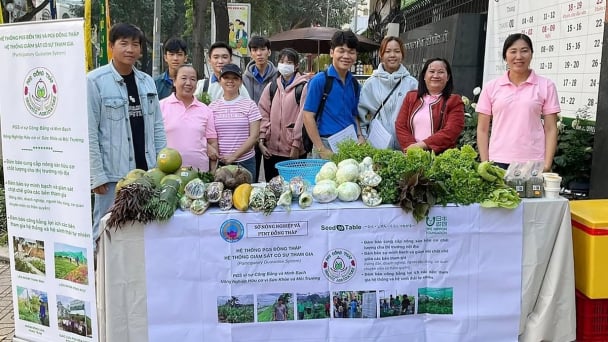
(VAN) Japan's grant aid project contributes to capacity building, promoting organic agricultural production, and fostering sustainable community development in Dong Thap province.
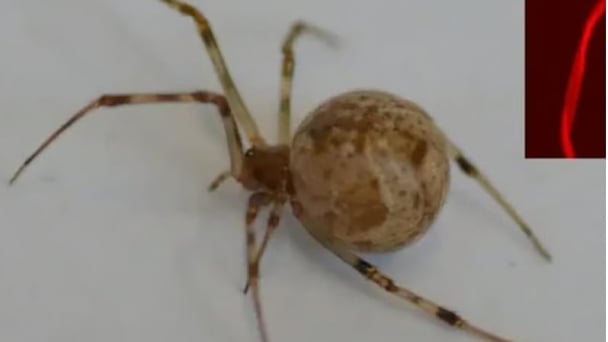
(VAN) For years, the CRISPR-Cas9 genome technology has been reshaping genetic engineering, a precision tool to transform everything from agriculture to medicine.
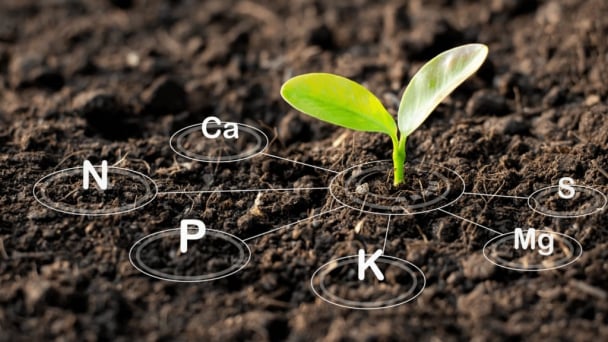
(VAN) Vietnam aims to become a 'leader' in the region in the capacity and managing effectively soil health and crop nutrition.
![Reducing emissions from rice fields: [Part 1] Farming clean rice together](https://t.ex-cdn.com/nongnghiepmoitruong.vn/608w/files/news/2025/05/05/z6509661417740_a647202949c539012a959e841c03e1d3-nongnghiep-143611.jpg)
(VAN) Growing clean rice helps reduce environmental pollution while increasing income, allowing farmers to feel secure in production and remain committed to their fields for the long term.
/2025/05/19/5136-1-144800_230.jpg)
(VAN) The Nghe An Provincial People's Committee has just approved the list of beneficiaries eligible for revenue from the Emission Reductions Payment Agreement (ERPA) in the North Central region for the year 2025.
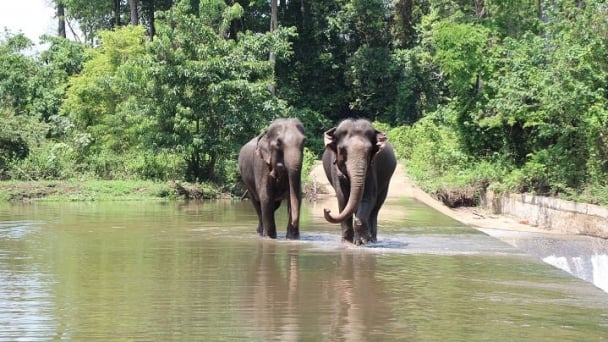
(VAN) 14 out of 35 domesticated elephants in Dak Lak province have had their living conditions improved, with 11 of them currently participating in the non-riding elephant tourism model.
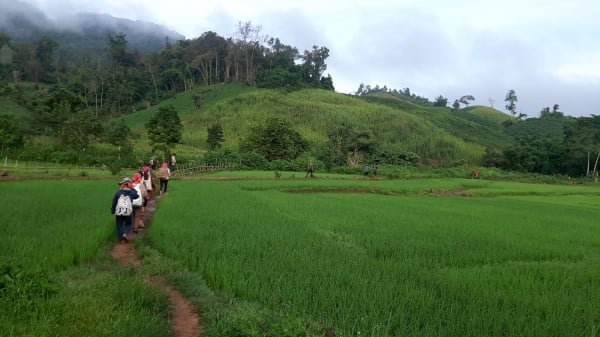
(VAN) Muong Nhe Nature Reserve hopes that being upgraded to a national park will lay the foundation for forest protection efforts to be carried out in a systematic, modern, and sustainable manner.